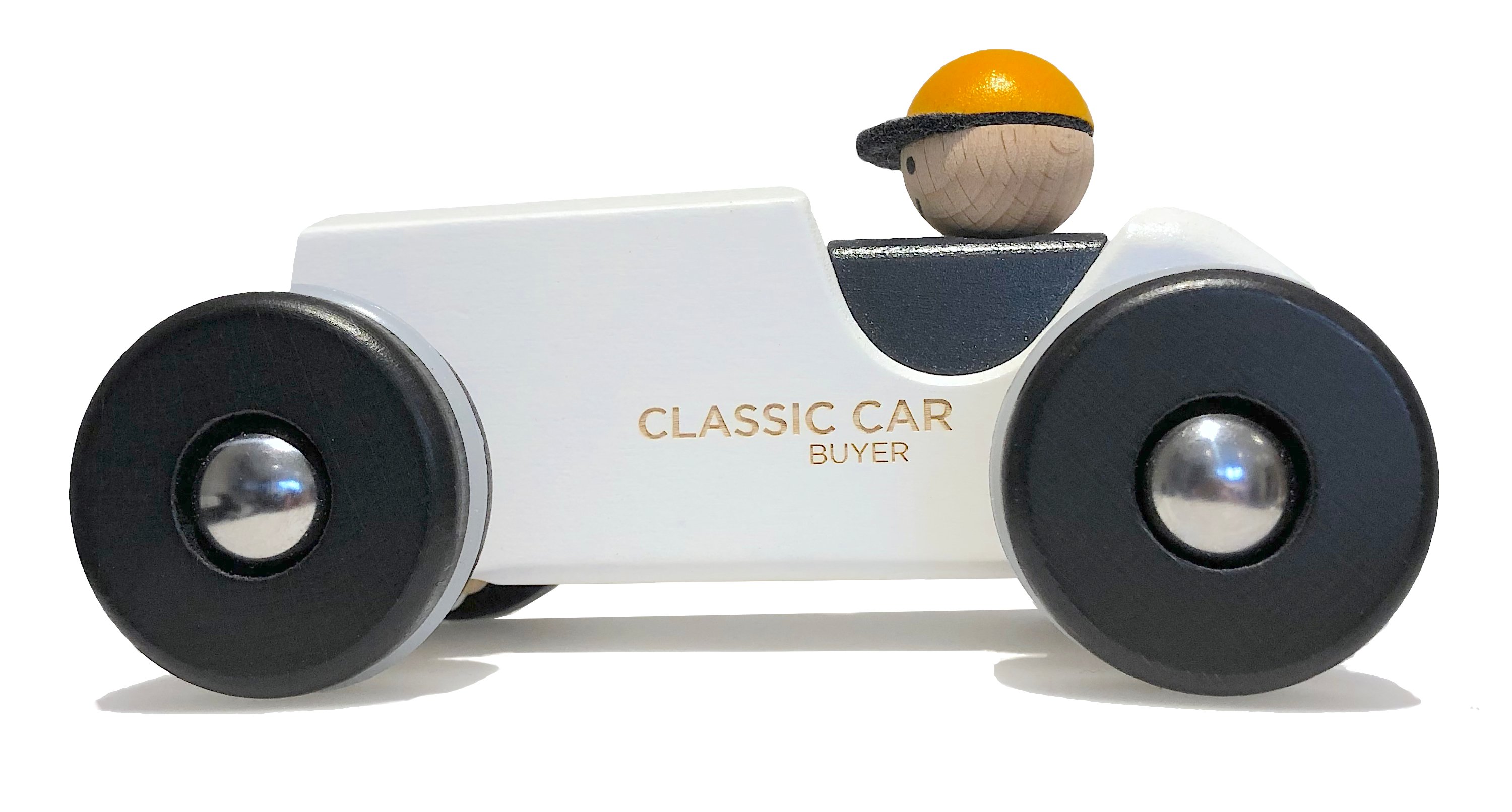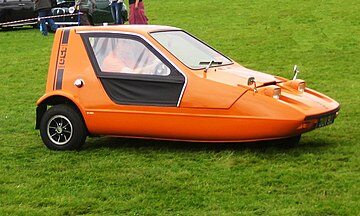You might agree that owning a classic car is rarely just about having a vehicle to get you from A...
There can be no doubt that the Bond Bug is one of the most eccentric and recognisable vehicles to ever grace British roads. With its futuristic wedge shape, predominantly orange colour, two seats and distinctive three-wheeled design, the Bond Bug caused quite a stir during its brief production run in the early 1970s. Though often regarded as a novelty, it definitely secured a place in British car history and continues to be a much-loved cult classic. Let’s have a look at this amazing little microcar…
The origins of a tiny classic
The Bond Bug was born from the remnants of Bond Cars Ltd, a company established in 1922 and primarily known for producing small, economical three-wheelers like the Bond Minicar. By the 1960s, the company had been acquired by Reliant, another British car manufacturer with a reputation for making lightweight, affordable vehicles such as the Reliant Regal.
At a time when dynamic design and appealing to the younger driver was becoming increasingly important, Reliant sought to develop a fun and stylish vehicle to attract those younger drivers. The result was the Bond Bug, which was finally introduced in 1970. Its bold, funky look - and comparable affordability to the Mini - made it an appealing choice for those wanting a fun taste of the early ‘70s lifestyle without breaking the bank.
The Bond Bug was designed by Tom Karen of Ogle Design, who also worked on the iconic Raleigh Chopper bicycle and the Reliant Scimitar GTE. The influence of space-age aesthetics is evident in the Bug’s striking appearance, with its angular body and distinctive upward-hinging canopy for entry which was seen as being very futuristic at the time…
Interestingly, Tom Karen also oversaw the design and build of Luke Skywalker’s Landspeeder in Star Wars in 1977. It’s not hard to see the resemblance, and in fact the film model was actually built upon the chassis of a Bond Bug.

Small, simple… and efficient
Mechanically, the Bond Bug was closely related to the Reliant Regal, sharing many components with the latter. The Bug was powered by a 700cc four-cylinder engine, which produced around 29 horsepower. This modest engine, mounted at the front, drove the rear wheels. Despite its limited power, the car was light, weighing around 400 kg, with a respectable top speed of 76 mph. This made it relatively nippy for driving about town in your flares.
One of the key features of the Bug, like most three-wheelers, was its classification as a motorcycle under British law. This meant drivers only needed a motorcycle licence to drive it, making it particularly appealing to young people or those looking for a budget-friendly mode of transport. The car also benefitted from lower road tax and fuel costs due to its small size and efficient design.
While the Bug was undoubtedly a fun little car, it was not without its challenges when driving. The single front wheel meant handling was always a bit quirky, especially at higher speeds or when cornering sharply. This led to the car being somewhat tricky to drive for those unfamiliar with the unique dynamics of a three-wheeler.
Variants
Throughout its production, the Bond Bug was available in several different versions, each catering to different tastes and budgets. Initially, the Bug was offered as the Bond Bug 700E and Bond Bug 700ES, with the ‘E’ representing the more basic model and the ‘ES’ coming equipped with a few extra features, such as an ashtray and a spare wheel (ironic, really, you might say…)
In 1973, a more powerful version was introduced in the Bond Bug 750. This model featured a slightly larger 750cc engine and offered a bit more in terms of performance, though the design and style of the car remained largely the same. The Bond Bug 750 was the final variant of the car before production was discontinued, with only around 200 being sold.

Where did it go?
Although it was popular during its short production run, the Bond Bug’s appeal waned as the decade progressed. The novelty factor, while strong at first, did not sustain widespread sales, and the fuel crisis of 1973 pushed buyers towards more practical vehicles. Furthermore, Reliant was increasingly focusing on its other models, such as the successful Robin, which led to the Bug being phased out.
In total, around 2,270 Bond Bugs were produced between 1970 and 1974, making it a relatively rare car even by 1970s standards. However, its short lifespan did nothing to diminish the love many had (and still have) for this plucky little car.
Today, the Bond Bug is regarded as a cult classic, lauded for its uniqueness, design and quirky driving experience. While it might have been seen by some as impractical at the time, its very eccentricity is now what makes it so special to car lovers. Restored Bond Bugs often appear at classic car shows across the UK in a proud celebration of the vehicle’s unconventional charm.
The Bond Bug might not have been a commercial success, but its impact on British classic car culture is undeniable, standing as a reminder of a more playful era in car design, and one where even the smallest cars could aspire to be truly out of this world.








